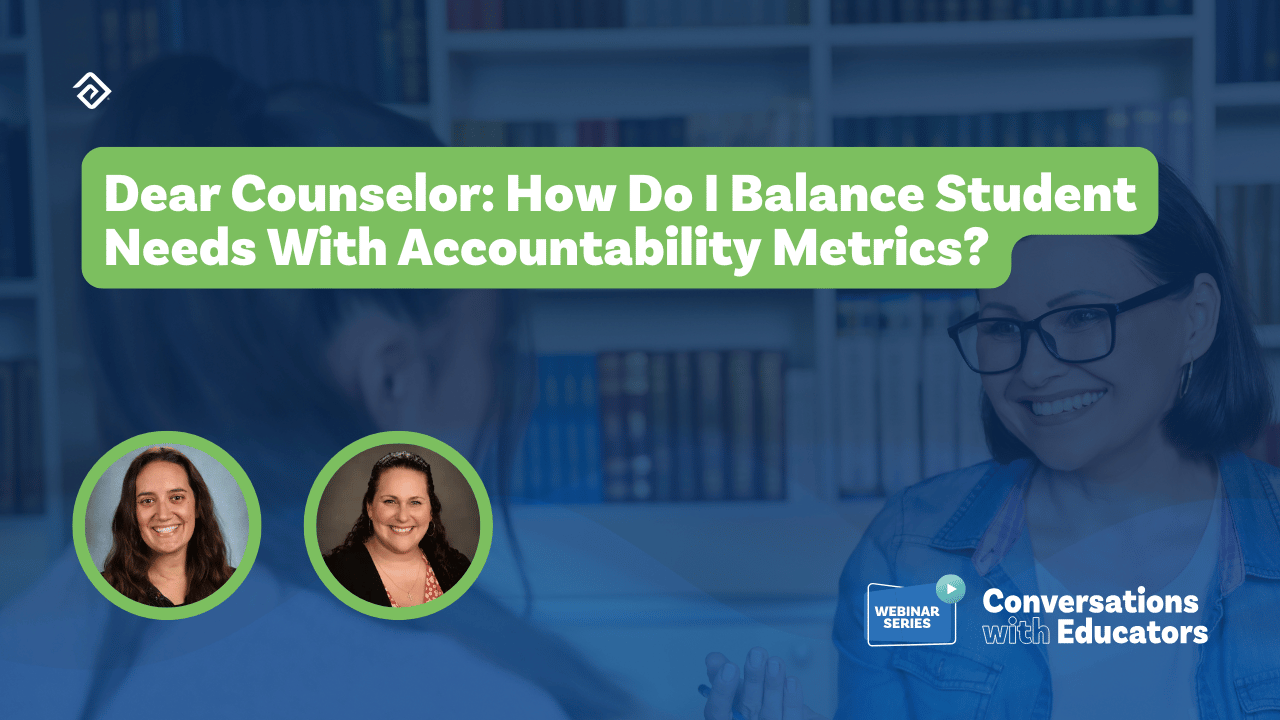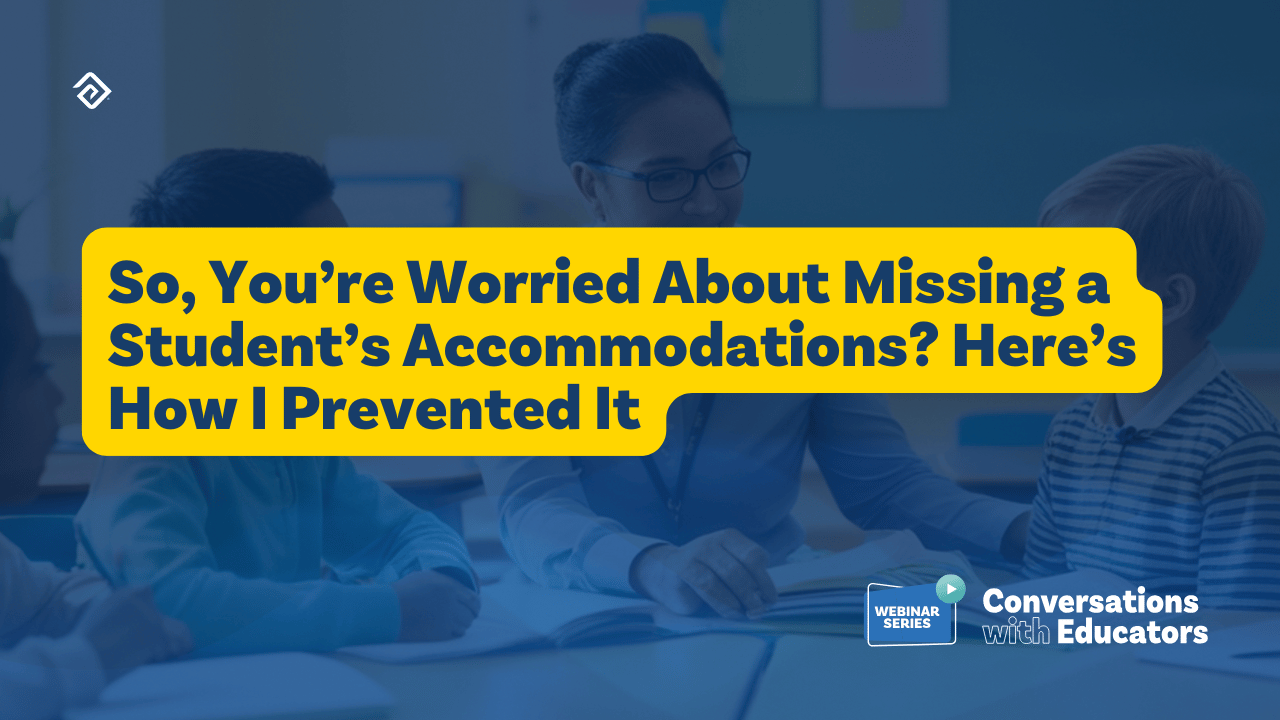Kindergarten Lesson Plan Template: Making the Process Easier and More Effective
A Kindergarten lesson plan template is a tool that helps teachers efficiently and effectively design daily instructional and learning experiences that are developmentally appropriate for Kindergarten students. Since Kindergarten is focused on learning, exploring, and understanding how to interact with the outside world, teachers design lessons that facilitate the introduction of new concepts and ideas, foundational literacy, early numeracy, and proper socializing techniques to help students acclimate to the educational environment.
Below are sample lesson plan templates to serve as an example of different styles:

The Significance of a Kindergarten Lesson Plan
In order to properly utilize a template, it is important to understand the concept and purpose of a lesson plan. A well-designed lesson plan is critical for teachers because it:
- Acts as a daily roadmap allowing teachers to complete instruction, follow up, and adapt accordingly
- Paces a teacher’s day to ensure there is enough time for all planned activities and experiences
- Allows the teacher to establish an organized structure, benefiting students through consistency and smooth activity transitions
- Establishes measurable learning targets and what is necessary for students to achieve them
- Provides a foundation for growth over time as teachers collect data on a lesson’s effectiveness and learn new techniques and strategies to enhance student engagement and growth
- Allows teachers to maximize instructional time through efficient planning and organization
- Provides a detailed guide to ensure instruction continues if a teacher must be away
- Improves teacher accountability as administrators can easily see established learning goals as well as the methods and strategies the educator plans to use to meet established goals
- Facilitates effective collaboration while ensuring horizontal alignment
Tips for Designing a Lesson Plan
1. Know the Students
Before preparing the lesson plan, it is important to understand student diversity. Plan learning experiences that are tailored to the background, experiences, and needs of students by taking into account their learning styles, skill levels, attention spans, interests, and prior knowledge.
2. Know the Material
It is important that a teacher thoroughly understands the content of the lesson. This will allow them to field questions, anticipate misunderstandings, and handle unexpected situations. A thorough understanding of the content allows a teacher to implement a variety of techniques, strategies, and learning experiences to make the topic more engaging and instruction more effective.
3. Know Available Resources
Always provide a detailed list of all resources required to complete a lesson. This is crucial to maximize instructional time, maintain classroom management, and facilitate an easy transition if someone else must use the plan. Further, if a lesson requires the use of technology or a different learning space, it is imperative to ensure it will be available during the planned lesson time.
4. Have a Contingency Plan
Plans can change unexpectedly, so it is important to have a backup plan. It is not uncommon for a lesson or activity to conclude faster or slower than expected or for students to need additional activities to comprehend the learning target. Having an alternate plan ensures that instructional time is used to its full potential while maintaining classroom management.
5. Know How to Monitor and Adjust
Lesson design is a continual process; teachers constantly monitor lessons as they provide instruction, collect data, and modify plans to increase engagement and student achievement. An important final step is to reflect on the lesson design process after a lesson concludes.
The Major Sections of a Lesson Plan Template
Each template makes use of a variety of different categories to ensure lesson conformity and user-friendly organization. However, there are several sections that are standard inclusions within lesson plan design:
1. Learning Targets
Learning targets provide the goal for the lesson; therefore, they should not only be a primary consideration when planning, but should be aligned to state and national standards.
These goals establish what students should know and be able to do by the end of a specific lesson and make use of power verbs that indicate higher thinking skill levels.
For example:
Analyze unknown words by formulating questions based on the context within the sentence, then answer those questions to infer the meaning of the words.
2. Assessment
Determining appropriate methods to assess student learning is the next critical component of a lesson. Where the learning target provides a goal, the assessment method clarifies what students will be asked to demonstrate to show understanding of those elements. Formative assessments are those that evaluate student understanding during instruction. These are important tools and should be a focal point for any lesson plan to ensure students are learning. They can be as simple as holding up fingers to show understanding of a concept, an exit slip, or a one-on-one student conference.
Make adjustments throughout the lesson based on the results of these mini-assessments and modify completed lessons based on student achievement. Early lessons in a sequence may rely on pre-assessment data and strategies.
Summative assessments, on the other hand, are larger in scope, generally covering an entire unit or larger period of instruction, such as a 9-week test. As they are major determinants into how well students have understood the material, lessons should be constructed with this summative end goal in mind to ensure they have all the tools necessary to succeed.
Within the lesson plan, it is important to consider the assessment type and timing that is most impactful to the particular lesson. In kindergarten, performance assessment often means observing students as they interact and complete specific tasks. A rubric is a helpful tool to evaluate student performance in different aspects of a learning target and collect data that can be used to make modifications.
3. Lesson and Activity Instructions
As the meat of the lesson plan, it is important to design appropriate subheadings to ensure that the lesson itself is easy to follow. Depending upon the teacher's training and experience, there are many approaches to lesson design and subheadings to match.
Regardless of the chosen labels, this section should include the content to be presented to students, instructional strategies, student grouping, and both guided and independent practice, as well as any other important lesson components.
While an extremely detailed description of each section can be helpful, it can also be overwhelming. Shoot for a lesson balance that provides everything the teacher or substitute needs to know to present the lesson without overcomplicating the presentation.
Remember that communication is important for both students and teachers. Plan time within each lesson and activity for student interaction and engagement. It may be necessary to change the subheadings in this section from lesson to lesson based on the specific needs for different learning targets and activities.
4. Expected Completion Time
While many teachers include this as part of the lesson and activity section, there should be a space that serves as a quick-guide to time management. This is important for presenting the lesson as it helps a teacher know whether the lesson is paced appropriately and whether students are comprehending the lesson material. Monitoring time is crucial for ensuring that learning targets are met while maximizing instruction time.
5. Reflection
Reflection is critical because it is key to improving instruction and determining how well students performed. After presenting the lesson, make a note of what went well and what didn’t. Evaluate how students performed and document this information to improve the lesson, seeking greater student understanding and growth in the future.
An Overview of the Lesson Plan Template
- Templates are pre-designed formats with headings and divisions to facilitate easy design development while saving time.
- There are various templates available online that help streamline lesson plan design.
- They allow consistency and efficient, organized planning while reducing reader confusion.
- Templates can be easily modified to accommodate future lessons, design lessons for other subjects or courses, and improve currently existing lessons.
The Bottom Line
A lesson plan is an essential component of the educational process. As it outlines the state and national standards presented in a lesson as well as how the teacher will provide instruction on those topics, it serves as a roadmap for student success. However, lesson plans can be complicated, and a poorly designed map can easily get students, as well as the teacher, lost.
Designed to simplify the process, a lesson plan template provides an easy-to-use alternative to manual creation and facilitates a more consistent, organized, and effective lesson plan in significantly less time.


More Great Content
We know you'll love



